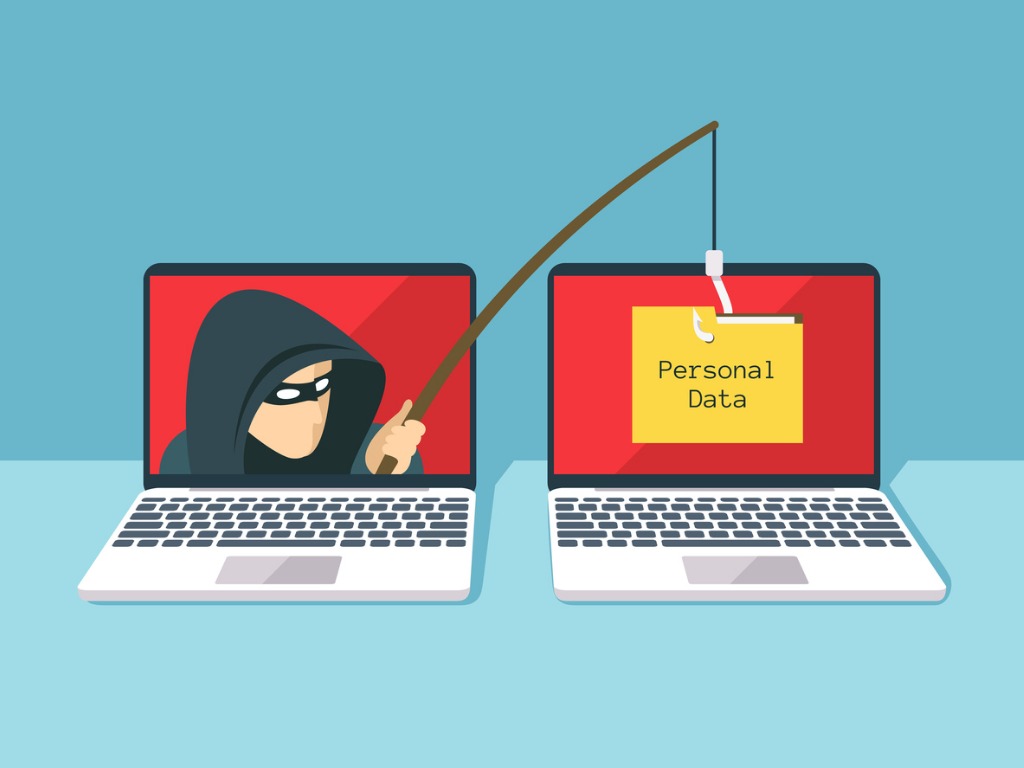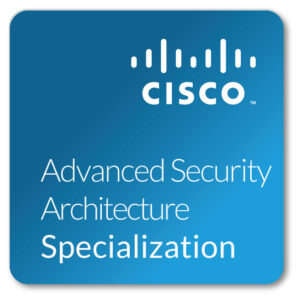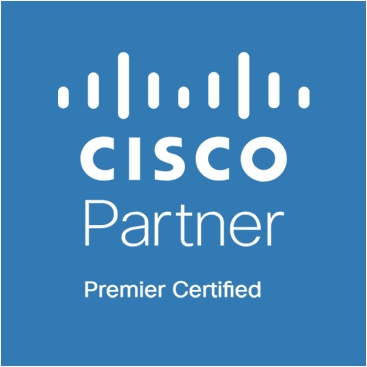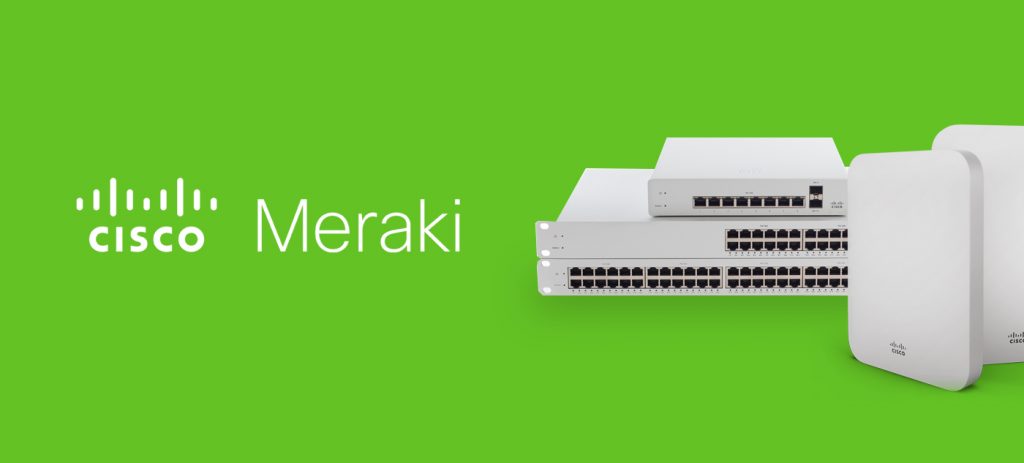What is Email Fraud?
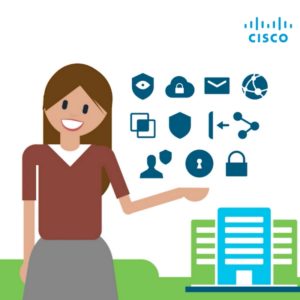

Email Fraud is a deceitful cyber-security attack sent from another person or organisation with the malicious intent of a personal gain or the cause of disruption to a business or individual. Some scams portray themselves as colleagues within a business, whilst others promise to be unmissable special offers; the likelihood is that everyone has received at least one fraud or ‘Phishing’ Email.
The History of Email Fraud
Commercial internet as we know it today was born in the mid 1990’s, where business opportunity and marketing capabilities spawned from this great leap in technology. It wasn’t too long before opportunists jumped on the chance of stealing personal information and infecting data bases through Email fraud or what we now refer to as ‘Spam’.
During the turn of the Millennium, the worlds first Spam filtering system created by Justin Mason was created and dubbed ‘SpamAssassin’ in 2001. Moving swiftly on from this evolution in security, Bill Gates of Microsoft claimed ‘Spam will soon be a thing of the past’. However, no one could predict how sophisticated cyber-attacks and hackers would become and evolve alongside data security and their variations of Email fraud.
Is Email Fraud still the Number 1 Threat Vector?
Cyber-criminals are turning to email fraud more than ever to deliver threat-centric content, using it to introduce malware into corporate systems, steal data, and extort money. With the growing adoption of cloud mailbox services like Office 365, blended attacks can target an organisation from more than one side. It is imperative that businesses of all sizes have suitable email security to protect sensitive information of both customers and employees.
There are 3 aspects of an Email where scammers will try to get you to click:
- The body of the email
- Attachments
- URLs within the email
Phishing attacks are the practice of sending fraudulent communications that appear to come from a reputable source. It is usually done through email. The goal is to steal sensitive data like credit card and login information, or to install malware on the victim’s machine. Phishing is a common type of cyber attack that everyone should learn about in order to protect themselves.
If you want to learn more about how you can protect your business against incoming threats, why not download our free E-book available on our site!
How to protect yourself from Email Fraud
Email Security solutions must detect, block, and manage risks in outbound email. This includes guarding against malicious content sent to customers and business partners and preventing sensitive data from leaving the network—either by accident or by design.
Cisco AMP provides security layers for outbound email, including behavioural monitoring to detect compromised accounts, rate limiting for outbound traffic, anti-spam and antivirus scanning in potential Email fraud. This can keep compromised machines or accounts from getting your company on email blacklists.
Malware Auto-Remediation for Office 365 customers automates the remediation of malicious files using AMP retrospective analysis. This feature enables customers to address breaches faster and with significantly less effort.
Conclusion
Email Fraud is more prevalent today than ever before, although the way in which scammers capture personal information has evolved. Emails are still a way in which thousands upon thousands of attacks are carried out every day and 90% of security breaches are accomplished through email fraud. To find out how you can protect your email accounts today, follow the link below to our YouTube Channel and see how Cisco Email security provides better intelligence when it comes to Phishing.
If you enjoyed reading this blog post you can read more here, also follow us on Facebook, Linkedin and Twitter!

